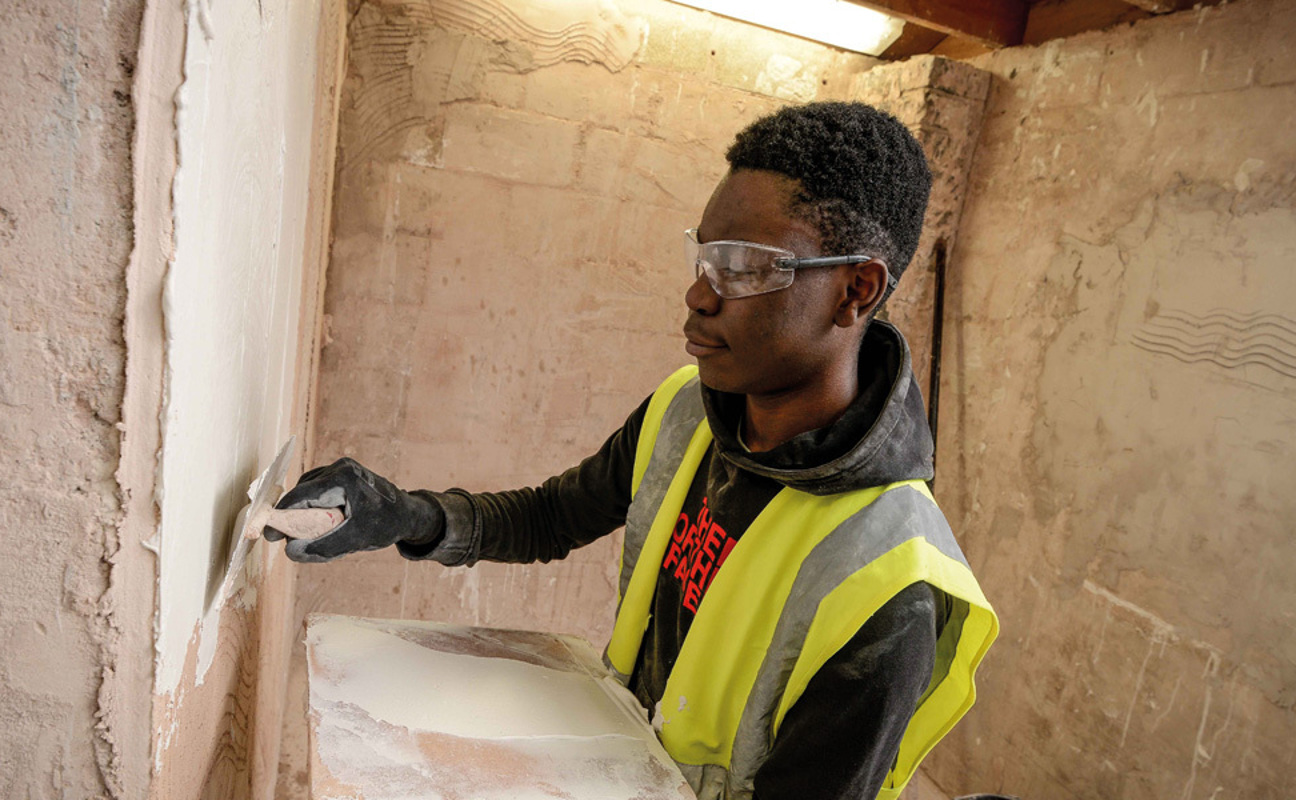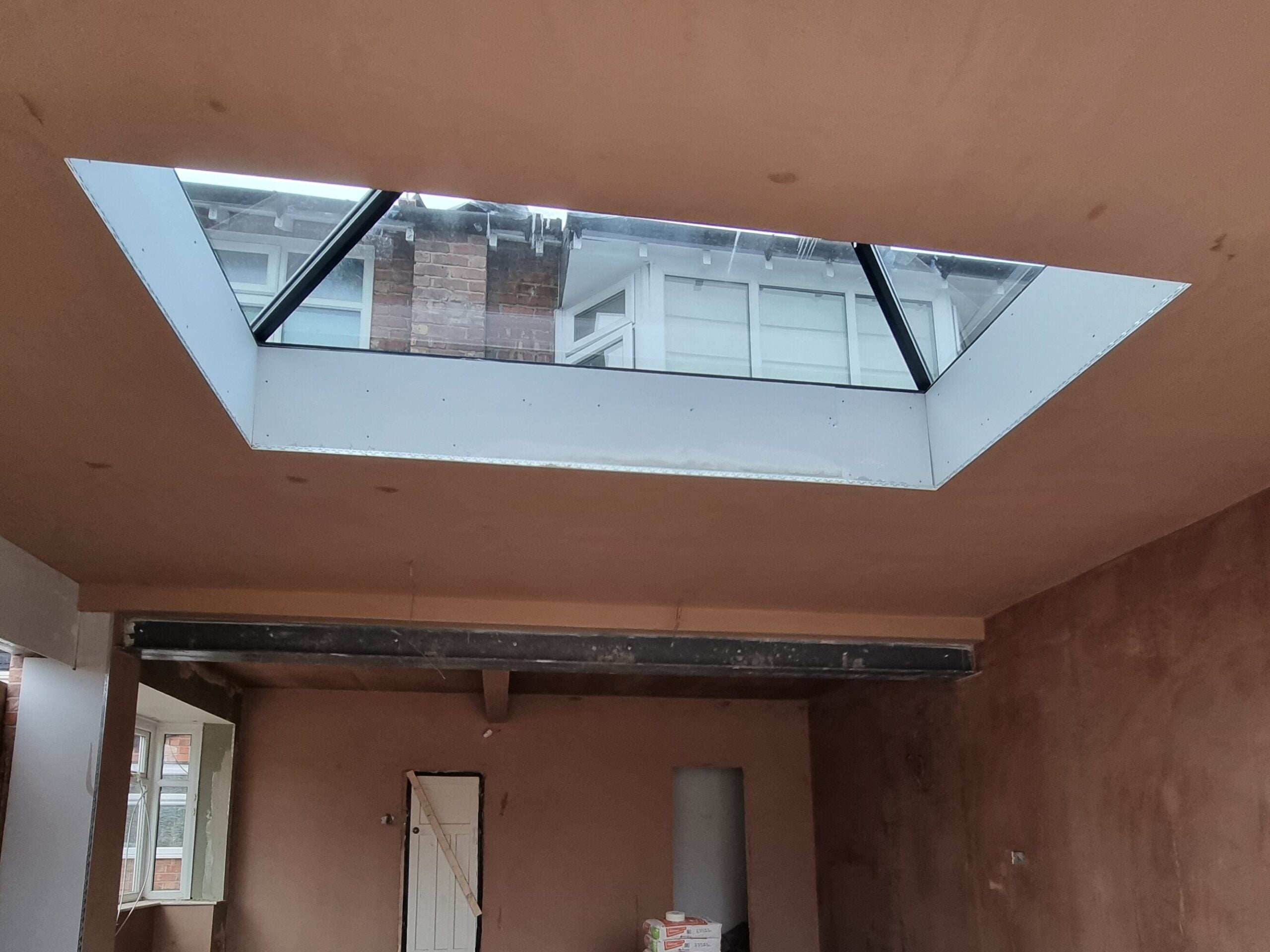Plastering Repair Work: Fast and Budget-friendly Repairs for Cracks and Damages
A Comprehensive Guide to Learning Plastering Abilities for Your Remodelling Requirements

Important Devices and Products
Different necessary devices serve unique objectives, making sure efficiency and precision throughout the smudging process. A top quality trowel, for circumstances, is essential for smoothing and applying plaster, while a hawk offers a stable system for holding the material.
In enhancement to devices, picking the ideal plastering products is essential. Gypsum-based plasters are commonly liked for their flexibility and ease of use, while cement-based alternatives are ideal for outside applications due to their toughness. Water and bonding agents play considerable roles in accomplishing proper consistency and bond, making sure that the plaster adheres effectively to the surface area.
Furthermore, protective gear such as handwear covers, safety glasses, and masks is necessary to guard versus dust and irritability during the application procedure. By constructing the ideal combination of devices and products, plasterers can improve their capability and create top notch surfaces, ultimately raising the general craftsmanship of their work.
Preparing Surface Areas for Plastering
Accomplishing a resilient and smooth plaster surface starts with meticulous preparation of the surfaces to be smudged. This fundamental step is important to making sure attachment and the durability of the plaster. Start by analyzing the problem of the substratum-- whether it is concrete, drywall, or stonework-- getting rid of any type of loose paint, dirt, or debris that may hinder bonding.
Next, repair any blemishes such as splits or openings. Make use of a suitable filler to achieve a degree surface area; this can be crucial for protecting against future problems. Once fixed, make certain the surface area is completely dry and clean, as wetness can compromise plaster adherence.
For permeable surface areas, it is recommended to use a bonding agent. This product improves attachment and creates a reliable interface in between the plaster and substrate. If dealing with formerly plastered surfaces, it may be needed to mess up or sand the area lightly to offer a secret for the brand-new plaster layer.
Gluing Methods and Tips
Grasping gluing techniques requires both skill and practice to attain a perfect surface. One necessary strategy is the application of the plaster in numerous slim layers, rather than a single thick layer.
When using the surface layer, use a shoveling strategy that entails holding the trowel at a small angle and operating in a circular movement. This aids to create a smooth surface and lowers the appearance of trowel marks. Additionally, maintain a spray container of water useful to haze the surface gently; this keeps the plaster convenient and enables for smoother finishing.
Timing is vital; job efficiently, as the plaster starts to set. Once the plaster has actually firmed up but is still wet, use a moist sponge to gently smooth the surface even more. Finally, permit sufficient drying out time before sanding or paint, guaranteeing your difficult job results in a specialist, top notch finish.
Typical Blunders to Stay Clear Of

Another usual error is applying plaster also thickly. Overzealous applications can cause fracturing and prolonged drying times. It's necessary to use plaster in slim, also layers, allowing each layer to completely dry adequately prior to including much more.
Furthermore, not making use of the right tools can prevent the high quality of the finish. Utilizing unacceptable trowels or mixers can develop incongruities in the plastering process. Always select high-grade devices created for smudging jobs.
Lastly, lots of individuals undervalue the value of timing. Operating in improper temperature levels or humidity degrees can adversely affect plaster curing and drying. It is advisable to inspect weather condition conditions and adapt your schedule accordingly.
Ending Up Touches for a Professional Appearance
The final phases of a plastering task are critical for attaining a refined, specialist look. Once the plaster has actually dried completely, the following step is to evaluate the surface area for flaws. Small bumps, openings, or irregular areas ought to be attended to utilizing fine sandpaper or a sanding block. This precise focus to information is important for guaranteeing a smooth finish.
After sanding, it's recommended to clean up the surface to eliminate any type of dust and particles. A moist towel is reliable for this function, followed by a comprehensive drying out duration. If required, using a thin layer of ending up plaster can improve the surface additionally, offering a smooth surface.
Once the completing plaster is completely dry, one more round of fining sand might be called for to attain the wanted smoothness. Finally, think about using a guide before painting or wallpapering, which will enhance adhesion and sturdiness.
Verdict
Mastering smudging abilities about his substantially enhances the top quality of restoration projects. An extensive understanding of vital tools, surface area preparation, and efficient strategies is critical for attaining professional results. Awareness of common errors permits the avoidance of pricey errors, while interest to finishing touches ensures a refined look. Eventually, the combination of these components adds to the development of smooth, sturdy surface areas that boost the visual value of any room, emphasizing the value of skillful plastering in home enhancement undertakings.
Water and bonding representatives play considerable functions in accomplishing correct consistency and adhesion, guaranteeing that the plaster adheres effectively to the surface. Plastering.


In addition, maintain a spray bottle of water helpful to haze the surface area lightly; this maintains the plaster convenient and permits for navigate to this website smoother finishing. (Plastering)
If necessary, applying a thin layer of finishing plaster can enhance the surface area even more, providing a smooth surface.